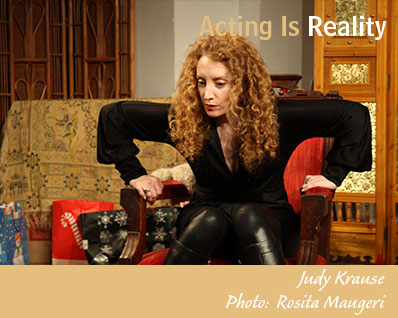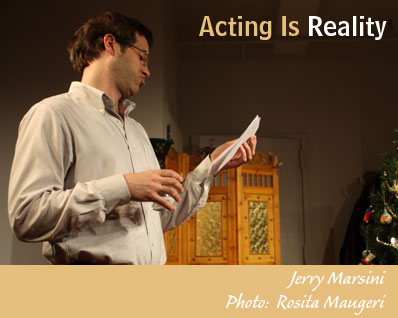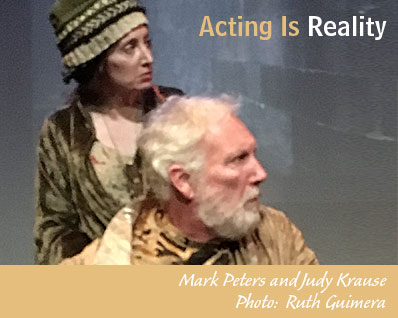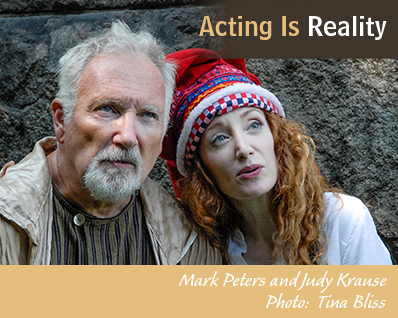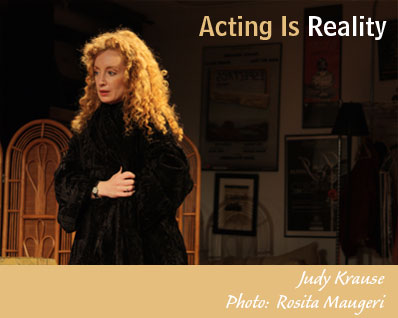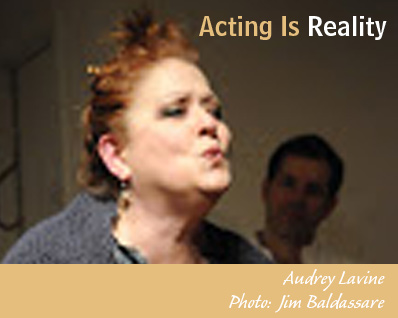
The second of John Strasberg’s Nine Natural Laws of Creativity is the Law of Organic (Functional) Thinking. Strasberg acknowledges that his “organic” thinking derives from Wilhelm Reich’s “functional thinking.”
Reich was a close associate of Sigmund Freud – a fellow member of the Vienna Psychoanalytic Society, and Freud’s first clinical assistant at his Psychoanalytic Polyclinic. A controversial figure, Reich was in many ways ahead of his time. A 2015 biography titled “Wilhelm Reich, Biologist” – the first to appear after 2007 when Reich’s personal archives were made available to researchers after a 50-year embargo – suggests that Reich’s controversial work with “bions” – possible precursors to living organisms – may have prefigured recent studies of entities such as nanoparticles, prions, and cancer viruses.
Consistent with his interest in biology, Reich faulted Freud for focusing too much on the mind, and not adequately considering the observable behavior of the body. Reich believed that the split between body and mind was the cause of much human suffering, including interpersonal conflict, war, and the environmental destruction of the planet. His therapy included work on the body (“somatic energy”), as well as psychotherapy. The Alexander Technique, a frequent component of acting programs, derives from Reich’s theory of “muscular armoring” – basically somatic embodiment of suppressed feelings and emotions.
In an early essay (1929) Reich discusses the origins of his functional thinking in the philosophical approach known as dialectical materialism. In thinking about the world this way, Reich writes, the observer...
